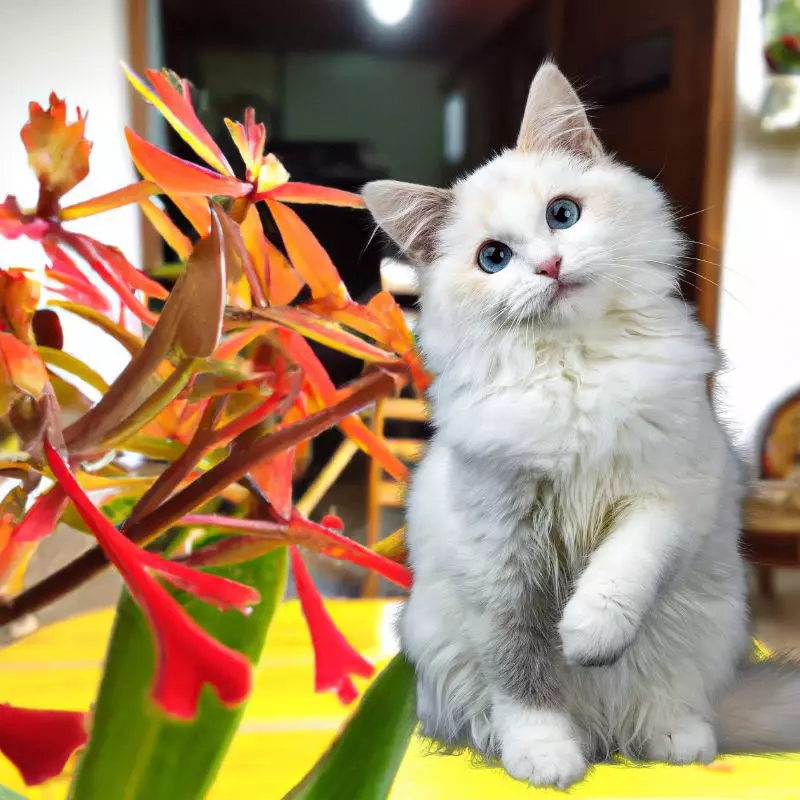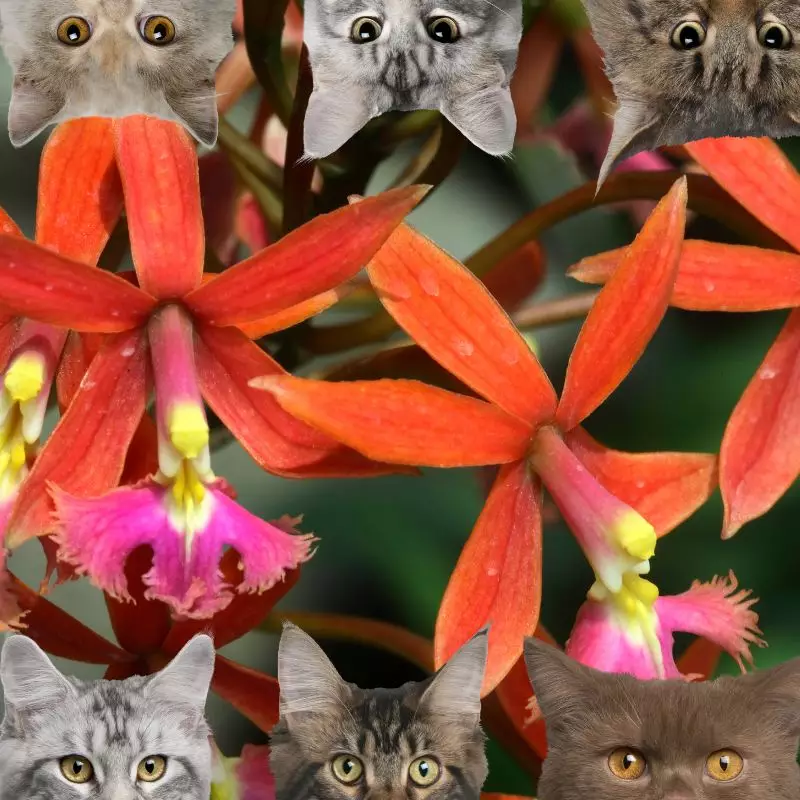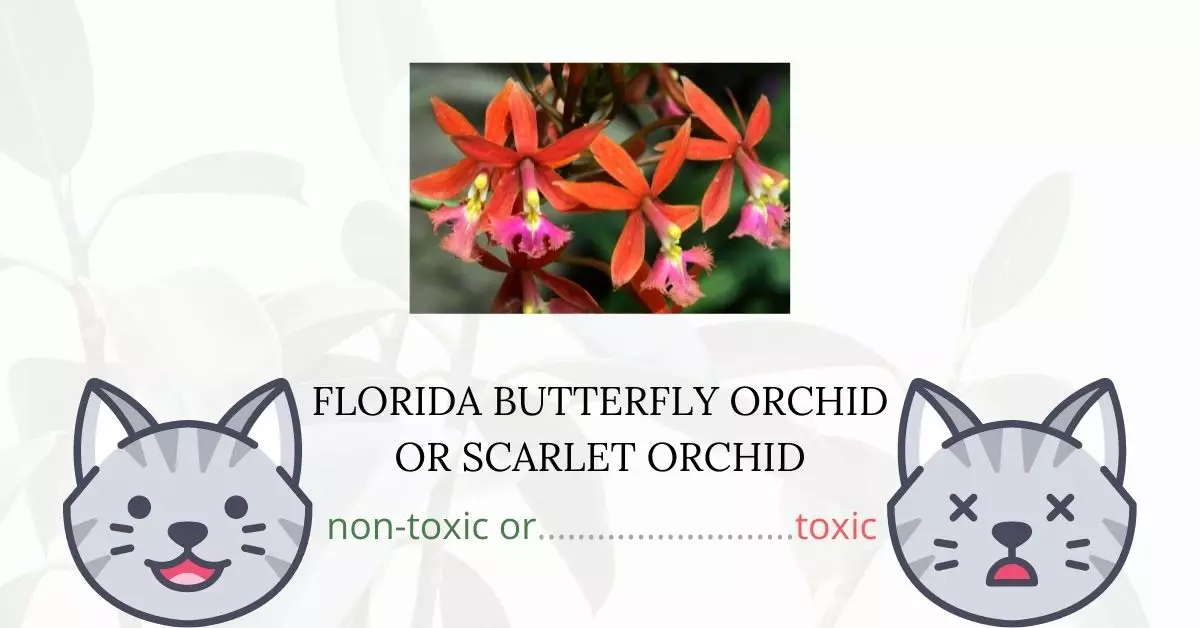No, Florida Butterfly Orchids are not toxic for cats. According to the American Society for the Prevention of Cruelty to Animals (ASPCA) and our research on high-authority websites such as PetMD, these orchids are safe for pets. It’s reassuring for pet owners to know that these particular orchids can be kept in homes without posing any risk to their feline companions.
This article has been written in collaboration with a team of experienced DVMs (doctors of veterinary medicine). With their expert input and thorough research, we aim to provide accurate and up-to-date information on the potential risks associated with various plants, ensuring the safety and well-being of your beloved cats.
Can Cats Eat Florida Butterly Orchid or Scarlet Orchid?

The ASPCA assures us that all varieties of orchids are not toxic to cats, despite the fact that eating them might give your curious cat a stomachache and possibly cause vomiting similar to what happens when the grass is ingested. Bear in mind that pesticides and fertilizers might be hazardous to your cat, so only use those that you are certain are safe.
What is Florida Butterly Orchid or Scarlet Orchid?

Florida Butterfly Orchid scientifically known as Epidendrum tampense is a spectacular orchid native to Florida and the Bahamas with vividly colored blossoms. Lindl identified this species of orchid. Encyclia tampensis is the officially recognized name for this orchid, which was first described in 1847. It can grow on pond apples, mangroves, Bald Cypress, pines, and palms in tropical hardwood hammocks and near rivers. Southern live oaks are where it is most frequently found growing. It features narrow foliage that can reach 16 cm in length and 2 cm in width, as well as 7 cm dark green pseudobulbs. A branching inflorescence with several flowers that have green to bronze sepals and petals encircling a white lip with a purple dot is produced in the summer by mature plants. Flowers are 2.5 cm in diameter, alternating, and fragrant.
Keeping Cats Away From Florida Butterly Orchid or Scarlet Orchid

Of course, we don’t want our feline friend making a snack of our beautiful orchids. Sprinkle some cinnamon or cayenne pepper on the leaves of your orchid to prevent him from ever thinking of it as a starter for dinner. In the future, your pet will identify your plant with its spicy taste and pungent aroma.
The sound and sensation of foil under cats’ paws are both unpleasant to them. Your cat will go to great lengths to keep away. Your cat’s days of devouring orchids are over if you surround your plant with foil.
You can use double-sided adhesive tape. The majority of cats detest sticky tape because not only does it feel unpleasant, but it also seriously interferes with their grooming routine. In the vicinity of your plant, apply double-sided tape. Once your cat has planted a firm paw anywhere in the vicinity, he is probably not going to let curiosity get the better of him again.
Plants to Avoid For Your Cats
If you are a cat owner and unsure if the plants growing in your yard are harmful to your cats, check out this list of toxic plants for cats. You can also check our list of non-toxic plants for cats.





